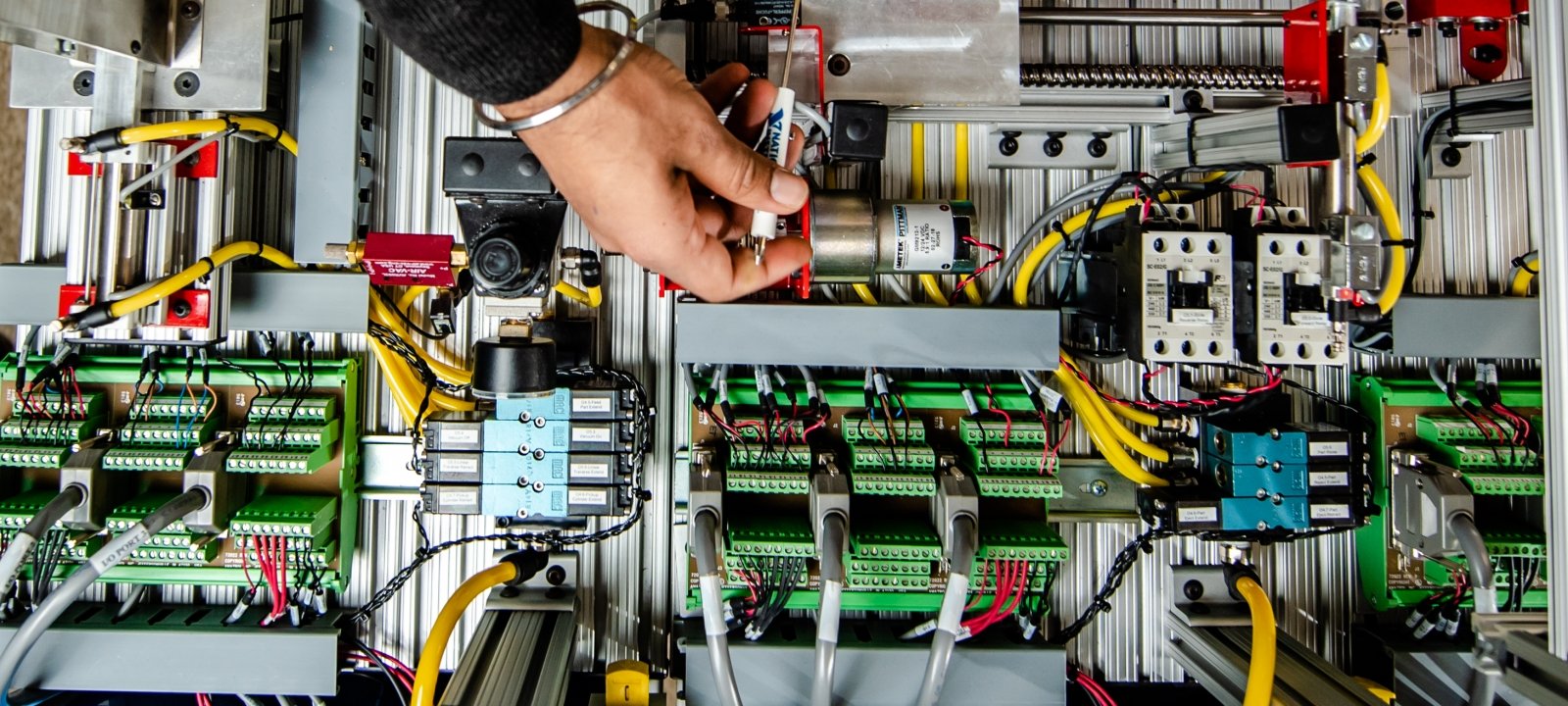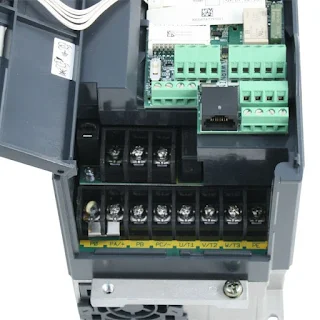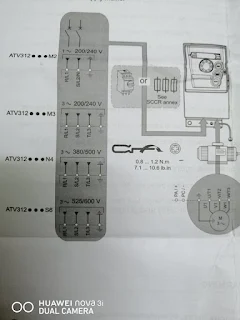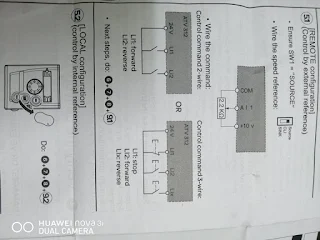Explanation of the inverter programming:
We all know that there are many types of inverters, the most famous of which is the Schneider - delta - omron - siemens. We will explain the most famous of them, which is the Schneider ATV312 inverter.
Wire Power Part :
In principle, to operate the inverter, the power must be connected to it and the principles of buying the inverter if it is 220 or 380 volts, then we connect the output of the inverter to the motor.
Wire Control part select control configuration:
Wire the speed reference :
To install a resistance to control the speed, through which the engine speed is controlled by changing the frequency instead of entering through the inverter, and this is done by placing the variable resistance outside with the control panel.wire the command : Control command 2-wire :
If we want to run the machine after turning on the power, i.e. the inverter is turned on by the start button without entering the inverter and pressing Run, which is by connecting the ends of the operating switch to L11 - 24V, the inverter will be turned on and the motor will start moving, but if we run the engine in both directions and this requires installation A selector to run the motor in both directions, so we connect its terminals between 24v - L11
L12, which
L12, which
L11: Forward.
L12: Reverse.
Control command 3-wire :
In the case of the three positions, the ends of the wires are installed in each of L11 - L12 - L1x where:
L12: Stop.
L12: Forward.
L1x: Reverse.
L12: Stop.
L12: Forward.
L1x: Reverse.
In both cases, we enter the choice of I-0, which means the Input-output CFG, and we choose TCC and choose either 2C in the case of 2-wire and we choose 3C in the case of 3-wire.
Set Motor Parameters:
Must refer to the motor nameplate for the following parameter setting :
We will move between the parameters inside the inverter until we reach:
drc: It is related to the motor control. When entering it, we find many parameters of the motor such as:
- brf: standard motor frequency (50 HZ).
- uns : nominal motor voltage on the motor nameplate .
- frs: nominal motor frequency on the motor nameplate (50HZ).
- ncr : nominal motor current on the motor nameplate.
- nsp : nominal motor speed on the motor nameplate.
- cos : nominal motor cos j on the motor nameplate .
Set basic parameters:
It is the step after setting the parameters of the engine, and this is especially the way of operation of the nature of the work and the product.
We go to Set and adjust the rest of the parameters for operation, which are:
ACC: Acceleration time
It is for the initial operation, i.e. the engine does not operate at its maximum speed at the beginning of operation, but rather gradually increases the speed until the maximum speed specified for it during the time in seconds that you will specify.
DEC: Deceleration time
It is the stop of the engine so that it does not stop, so it comes from the maximum speed until 0, but stops gradually so that it moves from the maximum speed
To stability at the time you will specify in seconds.
LSP: motor frequency at minimum reference
It is the lowest speed at which the engine operates. If there is resistance, for example, to control the speed, then this speed is set to the lowest required speed of the engine in the least resistance.
HSP: Motor frequency at maximum speed
It is the maximum speed at which the motor operates. If there is resistance, for example, to control the speed, this speed is set to the maximum required speed of the motor in the largest value of the resistance.
TH : Nominal current on motor nameplate









0 Comments